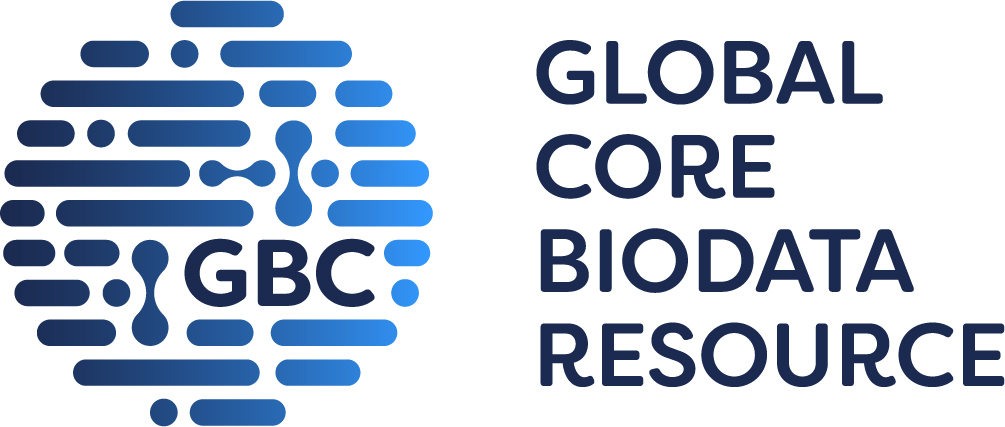GtoPdb is requesting financial support from commercial users. Please see our sustainability page for more information.
Targets Associated with Immuno Processes - Cytokine production & signalling
Jump to: Other Protein Targets |
| Cytokine production & signalling | Download as CSV | |||
Targets Associated to Immuno Processes
Full documentation can be found in the GtoImmuPdb immuno cell type data documentation (PDF). ✖ |
||||
| Other Protein Targets | ||||
| GtoPdb receptor name (family) | Process Association Comments | GO Associations | Immunopharmacology Comments | |
| regulator of G-protein signaling 10 (R12 family) |
T cells, macrophages, osteoclasts and microglia. | Expression of RGS10 in microglia suppresses pro-inflammatory signalling. RGS10 expression is silenced following microglial activation (by IFNγ for example) and this amplifies inflammatory responses in the central nervous system. Small molecules that can reverse IFNγ-mediated RGS10 silencing have been reported [7] ... | ||







